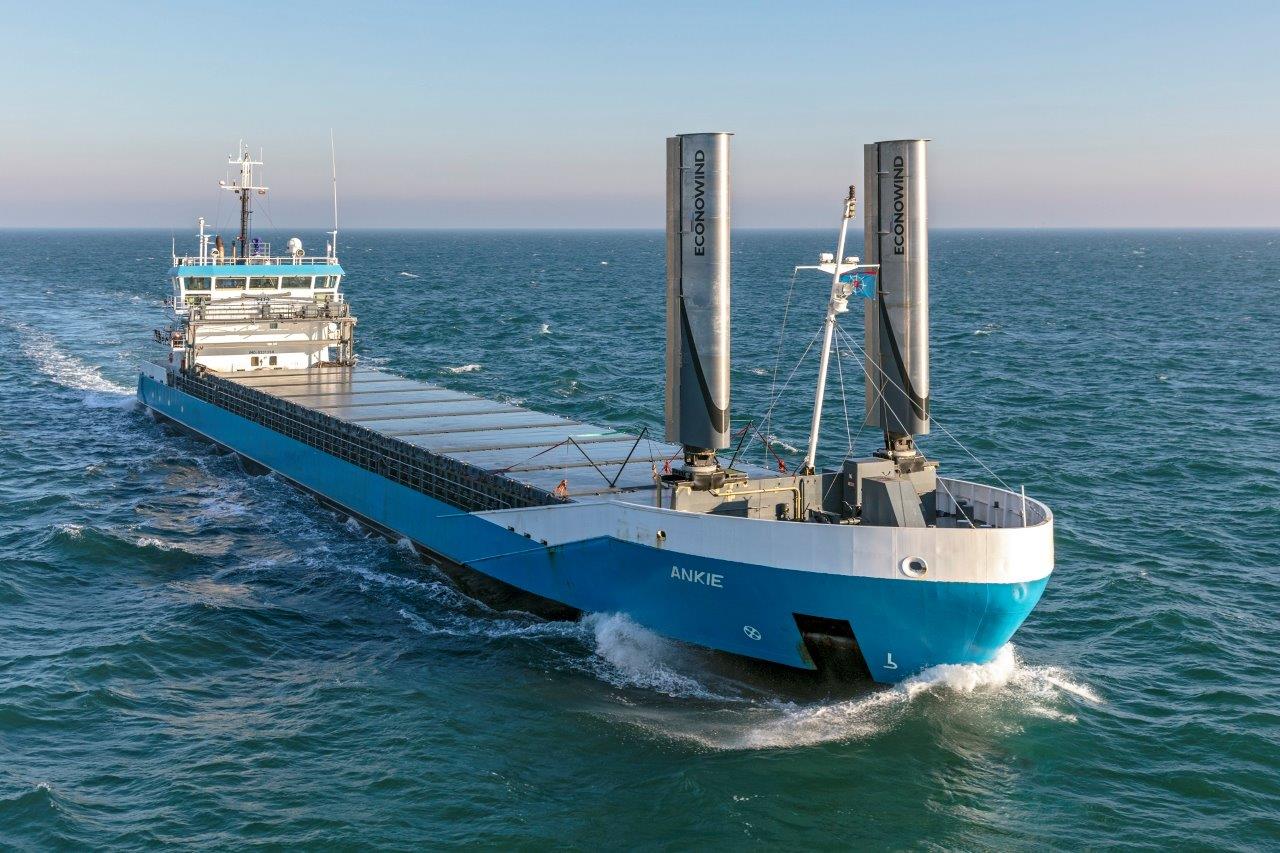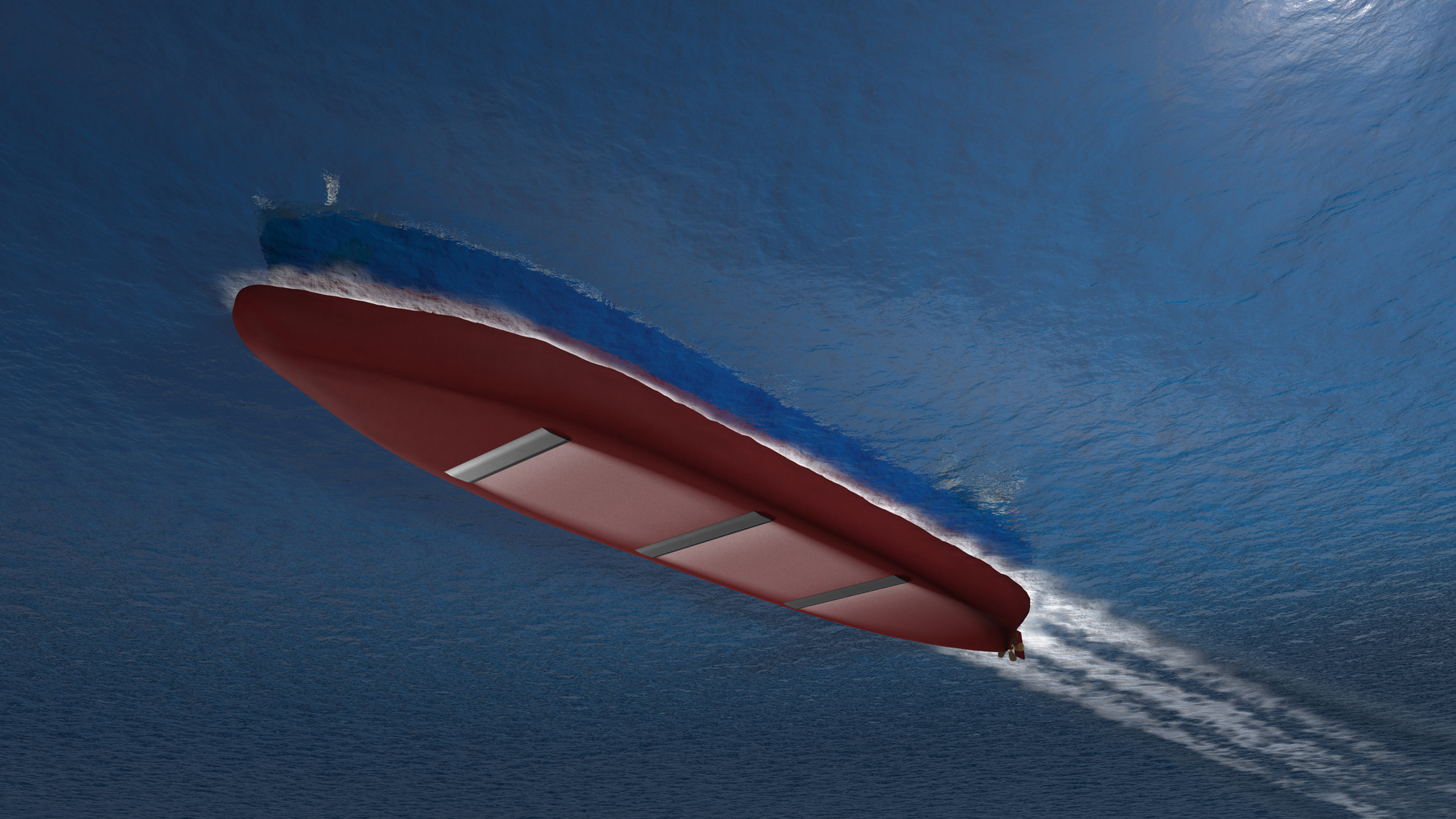If you follow the shipping industry’s trade media, the term “eco-ship” pops up rather frequently. However, does the term “eco-ship” distinguish between the ECO- nomic ship and the ECO-logical ship? And where does the “enviro-ship” fit in?
When using the term eco-ship I take the term to mean the ship being economical to operate. However, can the term eco-ship also be applied to ships that incorporate environmental advantages in terms of reduced atmospheric emissions, effluents and overall pollution potential that make them a more attractive proposition for an owner concerned about growing environmental regulatory burdens?
Perhaps the term enviro-ship might be more appropriate? Of course, increased economy and reduction in fuel usage itself amounts to substantial environmental improvements, with commensurate reductions in all the harmful emissions, which include greenhouse gases being an associated prize. But when imagining a ship that is equipped with a range of pollution reducing technologies that posed the least risk to the surrounding environment as possible, it is hard to imagine that the term eco(nominal)- ship could be sufficient. Also, I believe that the term eco-ship is often used interchangeably to mean the economical-ship and the ecological-ship. Which can be rather confusing.
When reporting on technologies that reduce pollution potential, and by pollution in this context I mean emissions, effluents and the leaching of synthetic chemicals into the marine environment, I find myself increasingly using the term enviro-ship, rather than eco-ship. If anything, just as a means to distinguish and mitigate confusion between economical and ecological.
In a sea of solutions that could contribute to making a ship an “enviro-ship”, and with the reduction of the ship’s impact on the natural environment in mind I set out to consider five of the key technologies or fuel solutions that could contribute to a ship being considered to be an enviro-ship. I must add the disclaimer that this feature by no means presents a review of, or seeks to define the technologies that could make a ship and enviro-ship.
When considering the need to ensure the minimum effects of drag of the enviro-ship and reducing the risk of invasive species transfer, the hull of the enviro-ship would ideally be coating with an advanced anti-fouling product.
When it comes to fuel choices for the enviro-ship, there are many options to heavy fuel oil (HFO) on the market. However, the alternative fuel option that is most advanced and most readily available at the current time is liquefied natural gas (LNG). The use of LNG as ship fuel would require the enviro-ship to have a dual-fuel engine. LNG reduces sulphur oxide (SOx) emissions by 90- 95% compared to HFO combustion. Nitrogen oxide (NOx) and particulate matter (PM) are also significantly reduced. A lower carbon content of LNG compared to traditional ship fuels also enables a 20-25% reduction of carbon dioxide (CO2) emissions. As long as methane slip during bunkering is monitored, the environmental impacts of LNG are far less than conventional fuels.
The transfer of invasive species is an area of great environment impact from shipping activities. The entry into force of the Ballast Water Convention may not have happened yet, but it will in the near future. Therefore, the enviro-ship should be equipped with ballast water management technology. An ultraviolet irradiation (UV) and filtration-based system would be the choice for an enviroship as it is effective against a wide range of organisms and prevents the use of chemical (active) substances that can lead to by-products such as chlorinated hydrocarbons/ trihalomethane. However, active substance-based ballast water treatment systems would not demand the power requirements of UV and filtration based systems. So it depends on which way preferences swing when choosing between systems that used either active or non-active substances. Chlorinated hydrocarbons in particular are known as broad spectrum poisons and evaporate with water into the atmosphere.
The Polar Code and US Vessel General Permit regulations both contain legislative clauses concerned with the leaching of mineral-based lubricants into the ocean. Environmentally Acceptable Lubricants (EALs) or seawater lubricated propeller shaft bearings would be a choice for the enviro-ship. Using seawater lubricated propeller shaft bearings eliminates the need for lubricating oils.
Likewise, the use of EALs for all above deck equipment, such as crane wire ropes, container lashings, lifeboat falls, shackles and small winch ropes, compared with traditional mineral oil lubricants would further enhance the credibility of an enviroship. Conventional lubricants are inherently persistent in any water body and retain approximately 75 to 90% base oil, greases 10% thickening agent, base oil, and performance enhancing additives, while the constant presence of seawater increases the potential for corrosion, requiring thicker greases to repel water and corrosion inhibitors to minimise corrosion. None of these are conducive to the enviro-ship. An enviro-ship would benefit from synthetic ester-based or vegetable oil-based EALs that are deemed as being biodegradable and of low toxicity to marine biota.
Ship Efficiency Review News
To contact the reporter responsible for this article, please email editor@fathom-mi.com

































